
|
Sound penetrates all aspects of everyday life and the human ear is an amazing wonder of nature detecting the smallest variations in sound. The Danish company SouniQ is based on the understanding of the principles of the natural warning system of human hearing.
|
Employees, human beings, are the company’s most important resource and the highest priority for SouniQ. Actually, to cherish the employees of any company is top of the agenda for us and therefore directly implemented in our product.
|
|
Manufacturers of rotating machinery are constantly striving to lower the presence of annoying sounds in their products. Until now, the most useful tool has been the subjective evaluation by human ear.
|
At many factories an operator must listen to the sound of the product to decide its quality. It is often in very noisy environments and the operator cannot use hearing protection while performing the required tasks. The hearing of the operator will be damaged in the longer run.
|
|
Using our solution, such harmful subjective human evaluation will not be needed – and the employee can use hearing protectors. Our knowledge of sound enables technology to mimic human hearing - fast, accurate and consistently.
|
We help Chinese companies to improve the sound quality of their products and detect faults in an objective manner - improving their overall product quality while saving the employee’s hearing.
|
|
Our solutions provide fast testing of many goods playing important parts in everyday life: compressors used in air condition or refrigerators, electro engines used in washing machines or cars for windscreen wipers, seats or rear-view mirrors, actuators used in height adjustable desks – all products used and produced in large scale in China.
|
Having a better and more consistent product sound, our Chinese customers enhance sales and export possibilities worldwide – and improve the quality of many people’s lives. |
Make complex things easy
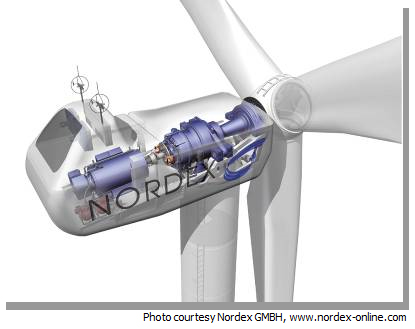
The Idea Behind
Sound theory:
- Generally, a sound is scientifically described as a content of energy of pure sine tones
- This approach is being used in sound evaluation applications (Fourier transform, spectral and spectrum analysis)
- Known methods are good at projects for finding the amount of sound energy exposed to the surroundings.
- Unfortunately, some information is lost by this kind of analysis. Typically, timing information will be lost in some degree and, maybe most important, low energy noises will often be neglected in the averaging process.
- In the ideal world (and in engineering education situations) transients are not present. Maybe mostly because transients and sporadic signals are very hard to describe mathematically.
Transients:
- In the art of speech recognition, it is known that transients are very important to a human ear perception of sound information.
- The human ear is rather sensitive to fast pulses (transients) than to the sine tones within the signal.
- Actually, a lot of information is masked within the transients, while the sine tone information often are non-essential, regarding the information perception.
Musical example
Listen to the sound of this instrument: 
A trumpet embrasure in the beginning is heard with
its swell decay at the end.
At least, that is what we may think…
|
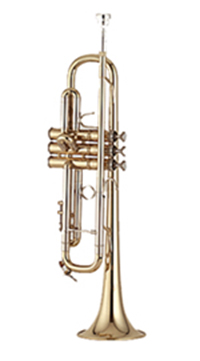 |
What we should have heard is a beginning of a
Trumpet and a decay of a piano.
Original trumpet | The Trumpiano |
Original piano |
Based upon the beginning (trumpet attack) the
human brain will think the trumpet is making the
decaying tone also. Actually, less than 100 ms of the
sound is coming from the trumpet.
| 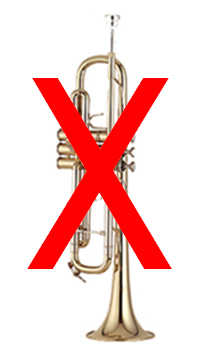 |
What does the Trumpiano demonstrate?�

Trumpet sound is only in the first approx 70 ms – then over 2 seconds of piano decay.
Only the volume envelop of the piano is increased in the end to simulate a horn swell
What does the Trumpiano demonstrate?�
The attack of the Trumpet does practically only consist of energy changes and no pure
sines. That is, a lot of valuable information will be in the attack of a given sound and
only in a very short period of time.
- The ear actually detects transients shorter than 1ms
- Changes in the energy of a sound describes the sound very good, thereby providing a clear “fingerprint” of the sound regardless of stationary (sine) tones.
A method for better reflection of the sensitiveness of the human ear is required.
What does EarQuake offer�EarQuake
- Modelling and averaging techniques like FFT based methods loose important information:
- Most real sound is complex and non linear
- To find and describe non linear and short lived sounds with linear methods is time consuming and demands specialized skills.
- EarQuake is designed to catch these fast nonlinear transients.
dB(A) classification
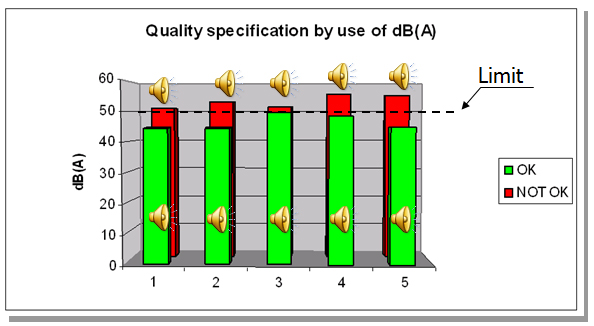
Test with dB(A) shows little difference leading to uncertain quality control in production.
EarQuake classification
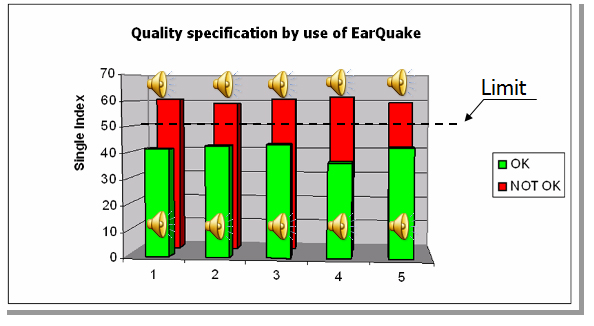
Level of noise specified by EarQuake Single Index. Difference is very clear making safe
quality control in production possible.
The generation of limits
Initial, the EarQuake software makes
use of the 6 sigma method, meaning
the reference average +/- 3 times
standard deviation.
Consider the following 3 sound files
party background noise with a crowd of people speaking | 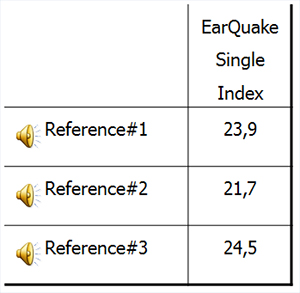 |
The generation of limits
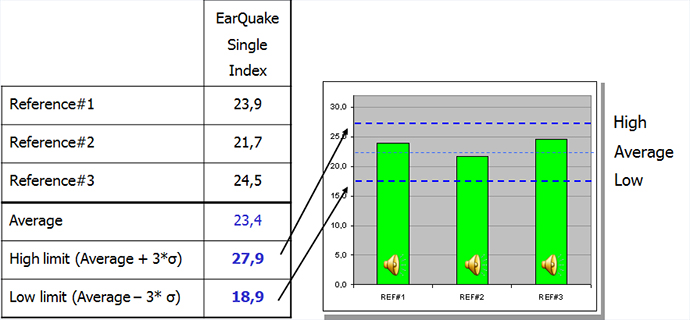
Limits are now generated based upon
three references. In real life, limits should
be generated from 30-50 references. But
let’s already test a deviating sound now:
A person is tapping his glass of wine
announcing a speech -  |
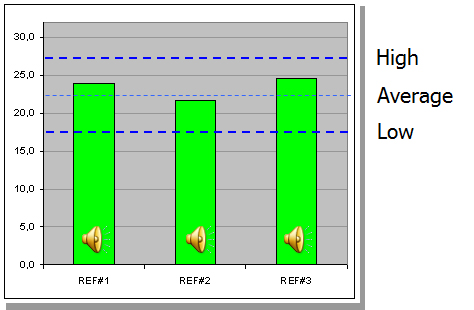 |
The generation of limits
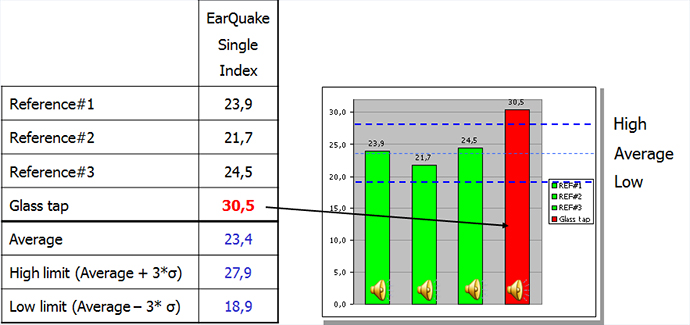
EarQuake versus dB(A)

Turbine – real life test
In the following, two different sounds of
a turbine are compared.
One OK  and one NOT OK and one NOT OK  .
Different methods are applied for finding
the difference of these two sounds
which are audible distinct from another. .
Different methods are applied for finding
the difference of these two sounds
which are audible distinct from another. |
 |
In the following, two different sounds of a turbine are compared. One OK and
one NOT OK:
OK

98,48 dB(A)
NOT OK

98,51 dB(A)
Sound pressure is too similar to distinguish the one from another. Still, there are
audible differences.
Classification – FFT

FFT spectra also not usable in finding differences (virtually no differences)
Classification – Sonogram
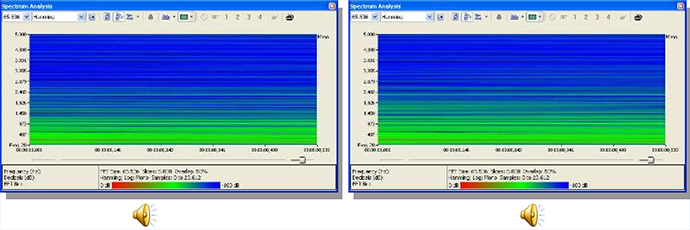
Again, spectral analysis not usable in classifying OK/NOT OK
Classification – EarQuake Single Index
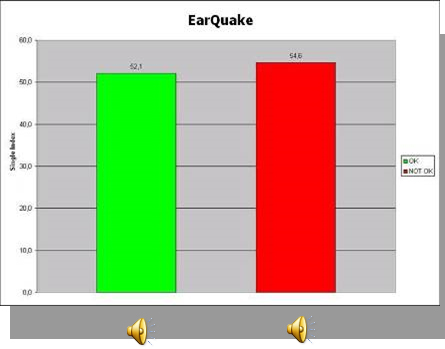
The simple EarQuake Single Index shows a difference of 2,5. The EarQuake Index is
logarithmic as the dB(A) scale meaning difference is quite fair detected.
Classification – EarQuake details

Now, since the EarQuake Single Index is based upon 16 single bands, we can
investigate the sound in further details.
Classification – detailed EarQuake 16 Index
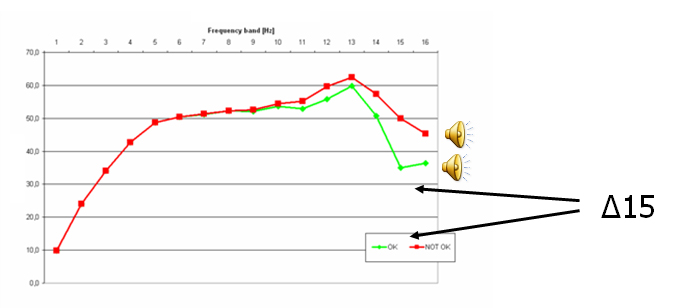
By analyzing the curve, we see the similarity ends from band number 10.
By looking on only band 15 we see a difference from OK to NOT OK of index 15 –
still on a logarithmic scale.
Technology basics
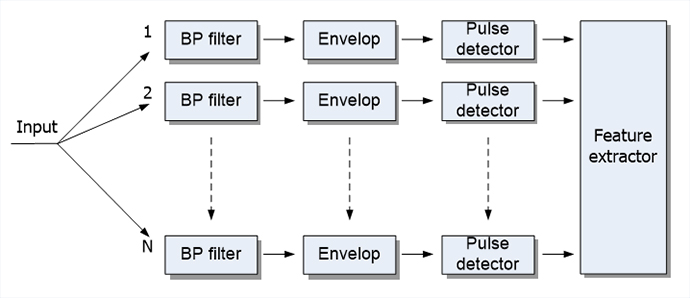
Integration with current systems�Wind power turbines�
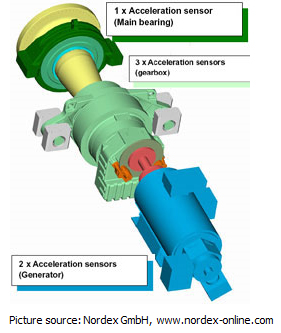 |
- Signals from pre-installed sensors are being analyzed
-
Operational limits are being generated automatically
- Condition monitoring system warns if signals exceed limits
- Data may be inspected for conducting appropriate action (ordering parts, shut down production, send technician etc. – maybe even weeks before actual break down)
|
Usage
- Detecting clicks, rattles, mechanical faults etc.
- Objective metric substituting listen panels and golden ears.
- Enabling specification of quality levels in production.
- Robust detection of audible differences for error type classification.
- Level of distortion or correlation quality to original signal.
- Surveillance and early warning in machines and processes by (slow) development in transient picture.
Products
- Semi-automatic test system for production and lab (portable)
- Fully automated production test system (stationary)
Both including easy self-training limit generation module
Evaluation based upon 16 EarQuake Band indexes + EarQuake Single Index + standard method vibration analysis
All output data exportable to spreadsheet for inspection
- Customizable solutions for implementation in current systems (.dll)
- Optional implementation of Artificial Neural Networks (ANN) for classification
- Optional SQL database for data extraction and analysis
| 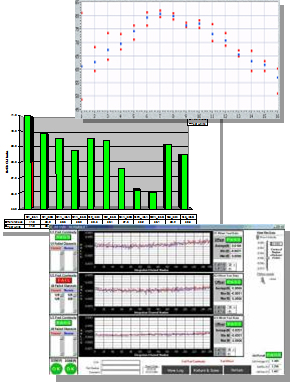 |
Method:�Level of normal units is found
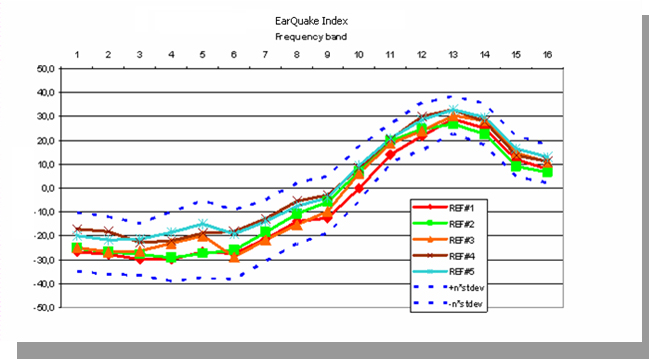
Method:�Identifying defect units
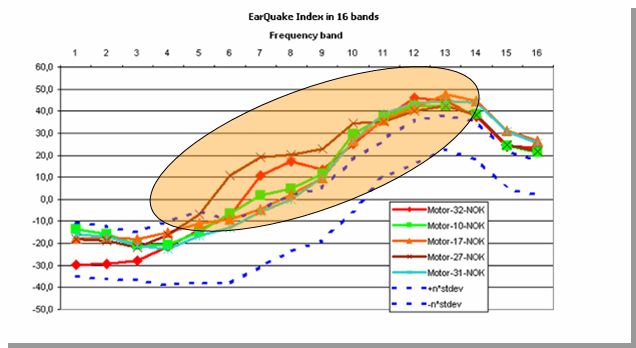
EaqQuake interpretation
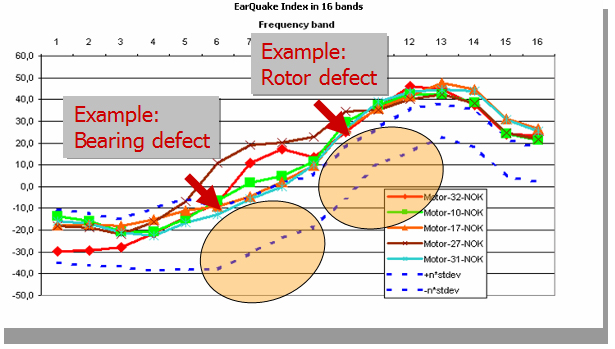
Sound files for the following interpretation
(Click image to listen)
EaqQuake interpretation

Sound files for the following interpretation
(Click image to listen)
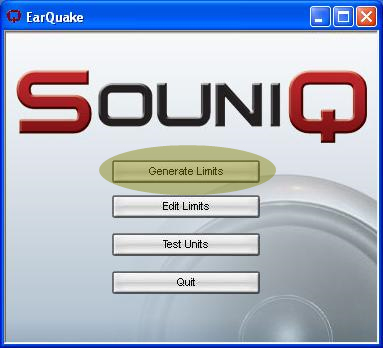
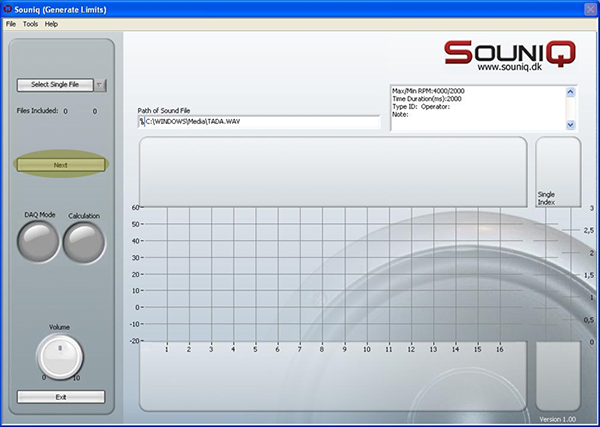
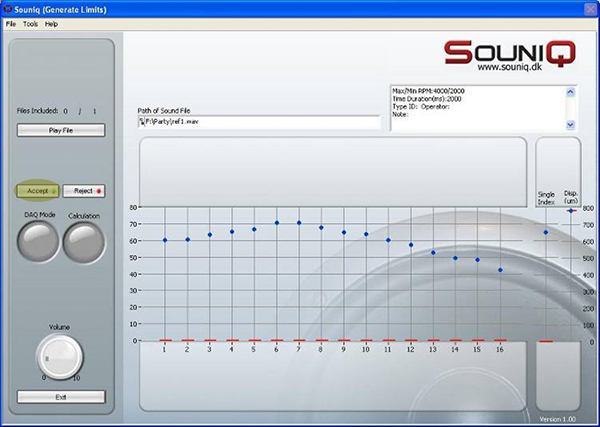
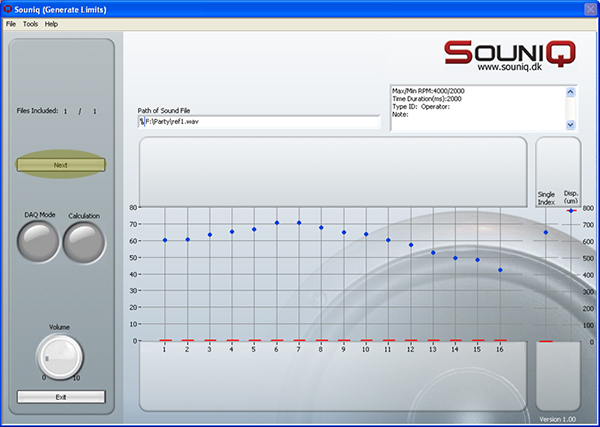
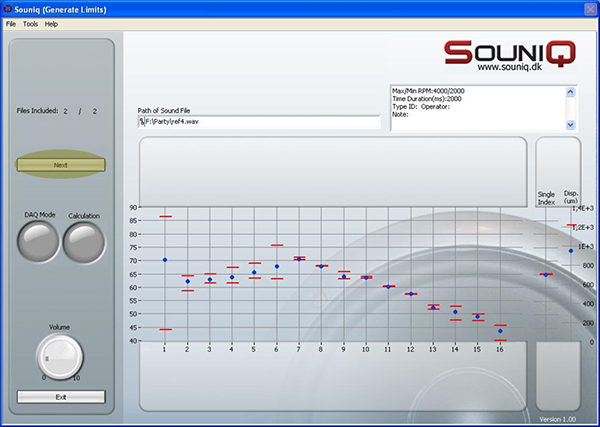
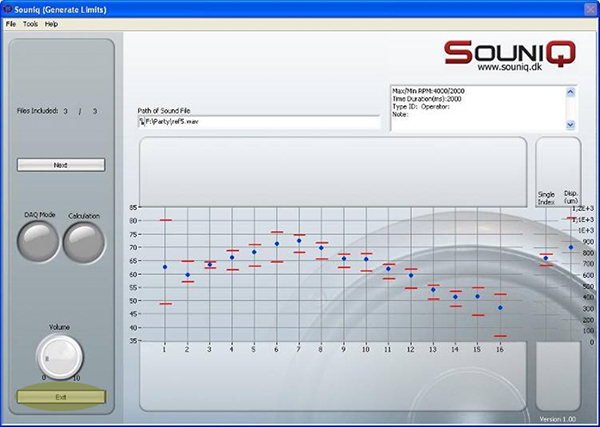
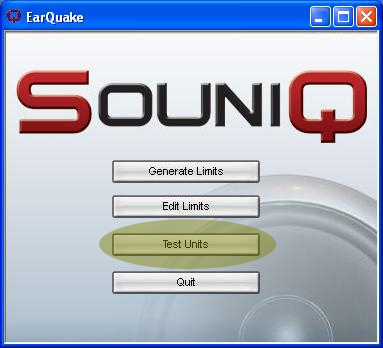
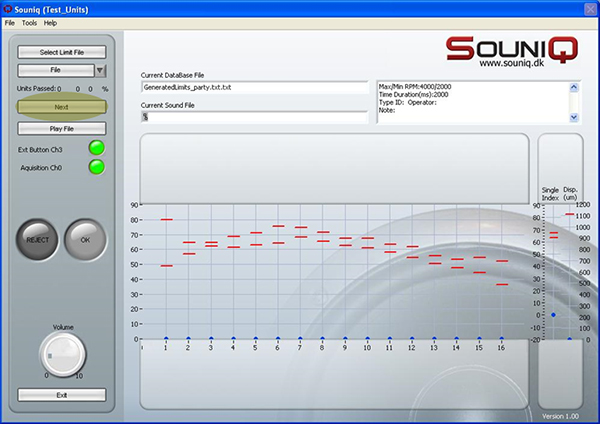
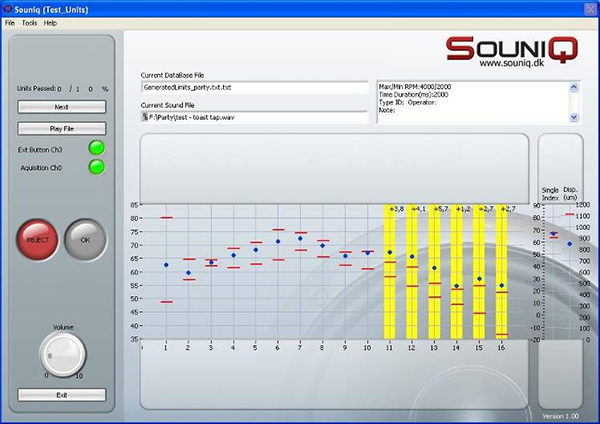
Benefits
- Objective description of sound
- Objective specification for selection and control of sub suppliers
- Fast and automatic quality control in production line
- Automatic monitoring of production
- Service operation and maintenance planning in advance
- Possibility of automatic fault type detection for efficient production control.
- Simple in use.
- Fatal breakdowns avoided










 Trumpet sound is only in the first approx 70 ms – then over 2 seconds of piano decay.
Only the volume envelop of the piano is increased in the end to simulate a horn swell
Trumpet sound is only in the first approx 70 ms – then over 2 seconds of piano decay.
Only the volume envelop of the piano is increased in the end to simulate a horn swell








 and one NOT OK
and one NOT OK  .
Different methods are applied for finding
the difference of these two sounds
which are audible distinct from another.
.
Different methods are applied for finding
the difference of these two sounds
which are audible distinct from another.
 98,48 dB(A)
98,48 dB(A) 98,51 dB(A)
98,51 dB(A) FFT spectra also not usable in finding differences (virtually no differences)
FFT spectra also not usable in finding differences (virtually no differences)























